About Marinas : Marinas may be located along the banks of rivers connecting to lakes or seas and may be inland. They are also located on coastal harbors (natural or man- made) or coastal lagoons, either as stand- alone facilities or within a port complex
A marina may have refueling, washing and repair facilities, marine and boat chandlers, stores and restaurants. A marina may include ground facilities such as parking lots for vehicles and boat trailers. Slipways (or boat ramps) transfer a trailered boat into the water. A marina may have a boat hoist well (a traveling crane) operated by service personnel. A marina may provide in- or out-of-water boat storage.
Fee-based services such as parking, use of picnic areas, pubs, and clubhouses for showers are usually included in long-term rental agreements. Visiting yachtsmen usually have the option of buying each amenity from a fixed schedule of fees; arrangements can be as wide as a single use, such as a shower, or several weeks of temporary berthing. The right to use the facilities is frequently extended at overnight or period rates to visiting yachtsmen. Since marinas are often limited by available space, it may take years on a waiting list to get a permanent berth.
Boats are moored on buoys, on fixed or floating walkways tied to an anchoring piling by a roller or ring mechanism (floating docks, pontoons). Buoys are cheaper to rent but less convenient than being able to walk from land to boat. Harbor shuttles (water taxis), may transfer people between the shore and boats moored on buoys. The alternative is a tender such as an inflatable boat. Facilities offering fuel, boat ramps and stores will normally have a common-use dock set aside for such short term parking needs.
Where the tidal range is large, marinas may use locks to maintain the water level for several hours before and after low water.
